We saw these ripe blackberries on Scattery Island in Co Clare on the second-last week in July. Is this a record? They were sweet enough to eat, too. John Smith, Co Sligo
It certainly is very early indeed for ripe blackberries – more associated with going back to school in September than being ripe just two weeks into the summer holidays. The bramble flowers were particularly useful for bees this year as they foraged for pollen and nectar, and they must have visited every last one to achieve such a successful harvest of blackberries. The bible of Irish flora, Webb’s: An Irish Flora, says there are over 80 “species” of blackberry recorded for Ireland, so these ones must be at the early side of the ripening spectrum.
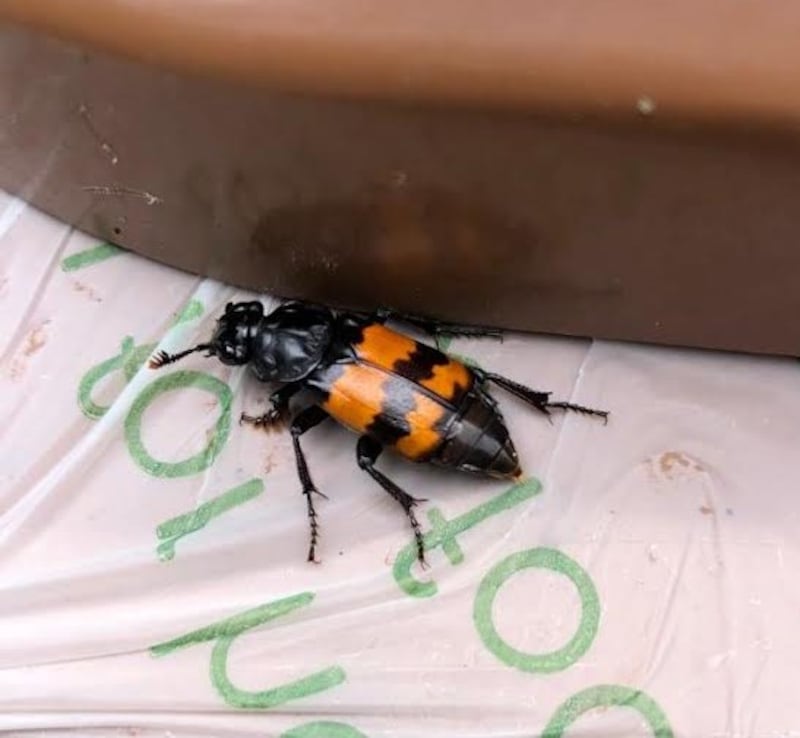
Do you know what this mad-looking yoke is? It was on top of my brown bin trying to get in. M Mackin, Balbriggan, Co Dublin
I’d worry about the contents of your brown bin if I were you. This is a Sexton or burying beetle (Nicrophorus investigator). It is a carnivorous beetle and looks for corpses of creatures such as mice or birds. The first male to find one guards it against all comers until a female beetle arrives. They mate and jointly bury the corpse and the female goes on to lay eggs in it.
RM Block
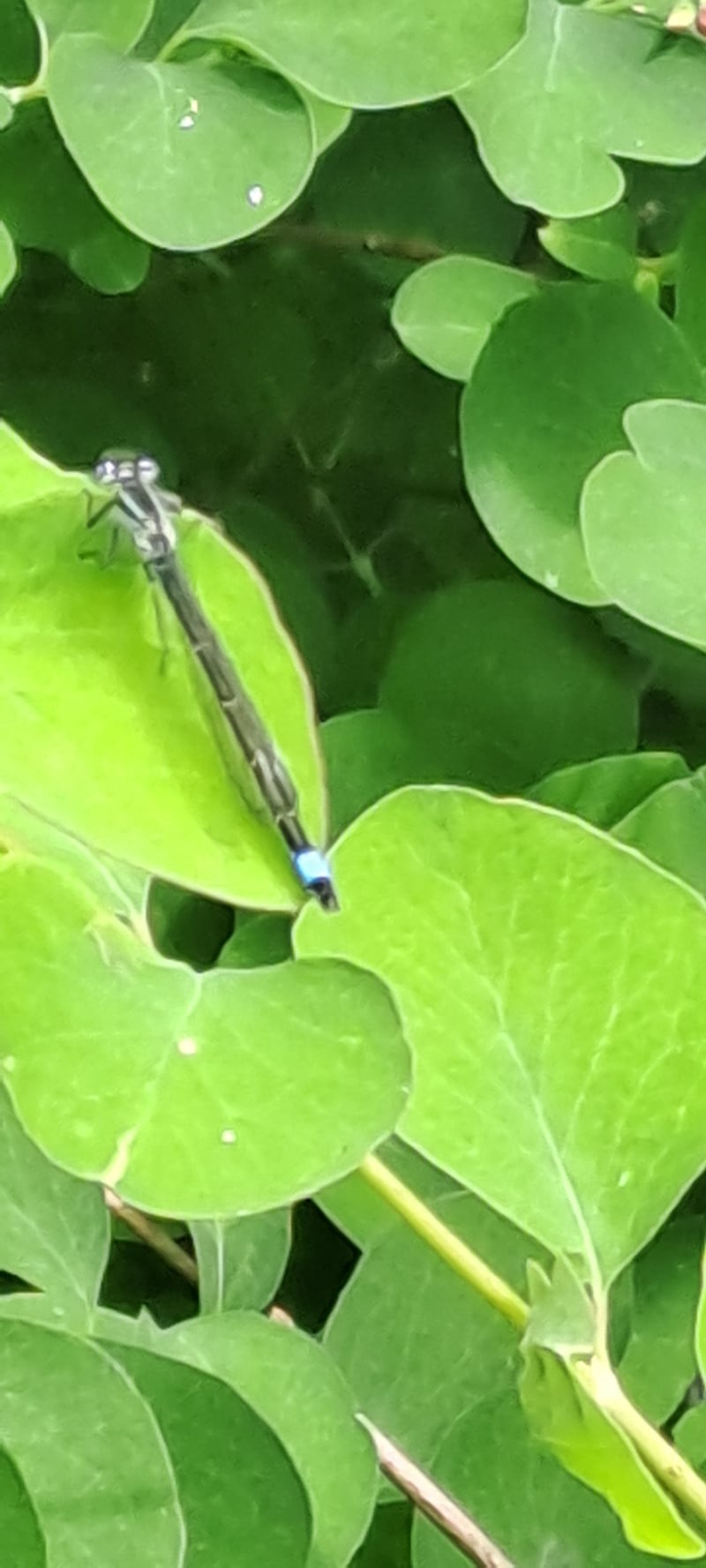
Saw this rather strange (to me) creature on hedge row near primary school in Saggart. Can you say what it is? Paddy O’Mahony, Co Dublin.
It is the common bluetip damselfly (Ischnura elegans). The most frequently recorded damselfly in Ireland, it can be found around all types of freshwater and brackish water too. It rapidly colonises garden ponds – a lovely reward for those who have put this extra habitat into their garden to increase biodiversity.
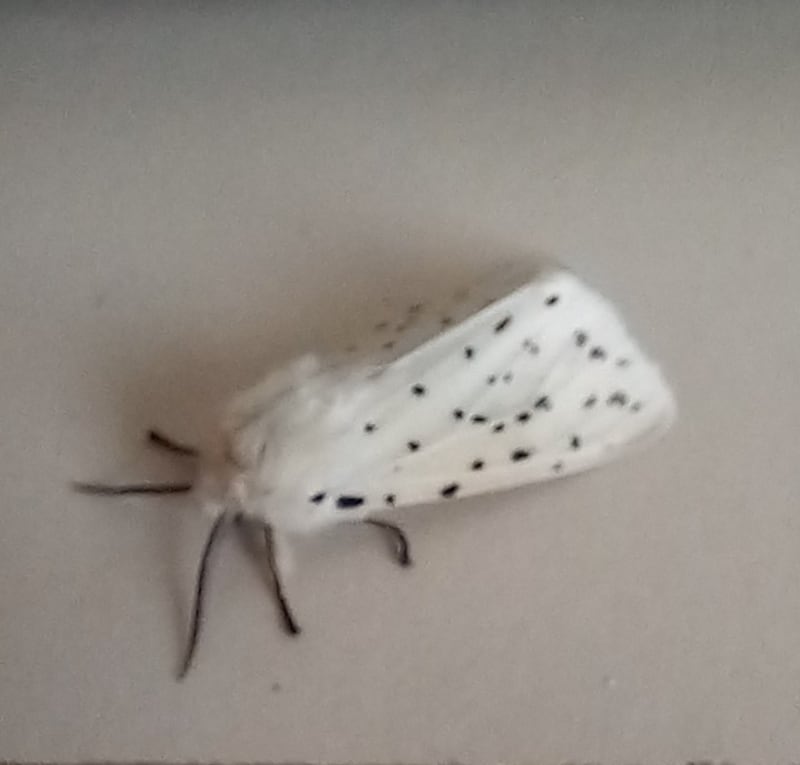
Can you please identify this moth? It’s 2cm long. I didn’t find it in any of my books. Rory McGuinn, Co Galway.
This is a white ermine moth. The adult flies between May and August and it never feeds as an adult. Eggs are laid on docks, ragwort and dandelions, and develop into large black hairy caterpillars, 45mm long, with an orange line along the back. It overwinters as a chrysalis.
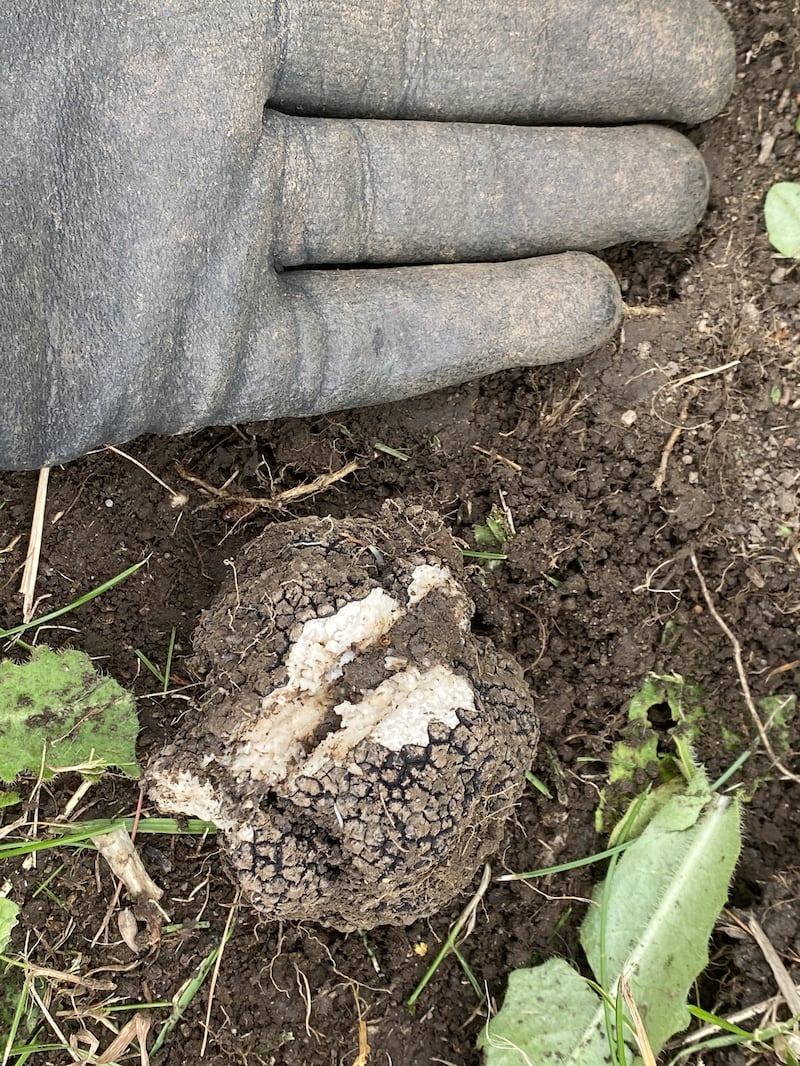
When digging over a flower bed I came across the item in the above photo. It looks somewhat like a truffle but there’s no smell from it. The area has poplar trees and silver birch nearby. Mushrooms are found here in the autumn, but this was found in late June. Richard Dwyer, Kilkenny
It looks like the summer truffle (Tuber aestivum). The black truffle of Perigord it is not, alas, or you could retire on the profits of its sale, but they are an Italian species, not an Irish one. Summer truffles, which do grow here, have little smell and no great reputation as food either.
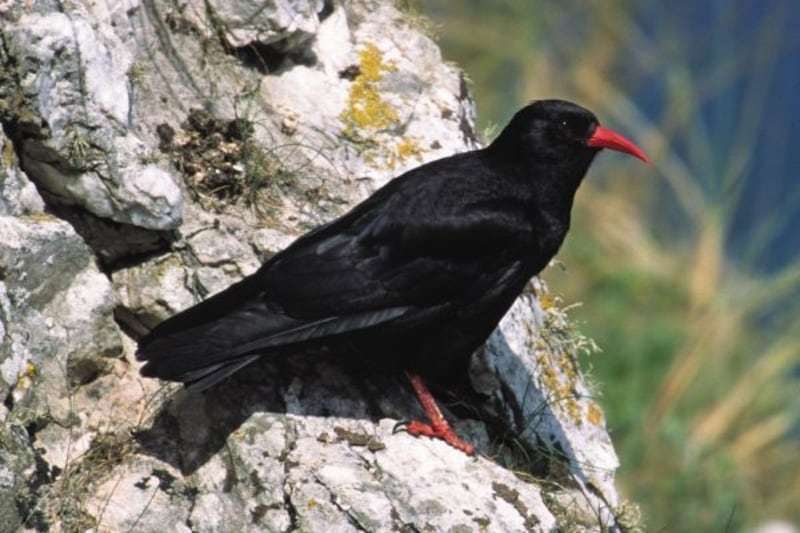
On Mizen Head at the end of July I saw several crows flying over the rocky ground. They sounded more like seagulls than crows and had red beaks and red legs. All the pictures I tried to take are awful. What were they? J Maloney
They were choughs, very much an Irish speciality. Birdwatch Ireland has kindly allowed me to use the photo from its website. This crow, known as the Cág cosdearg in Irish, is larger than a jackdaw and is unmistakable on account of its red legs and red bill. Its “kweeaw” call is indeed unlike other crow sounds. It feeds on small insect larvae along cliff tops and machair grassland all along the south, west and northern coastlines. Some 60 per cent of the European population occurs here.
Please submit your nature query, observation, or photo with a location, via irishtimes.com/eyeonnature




















